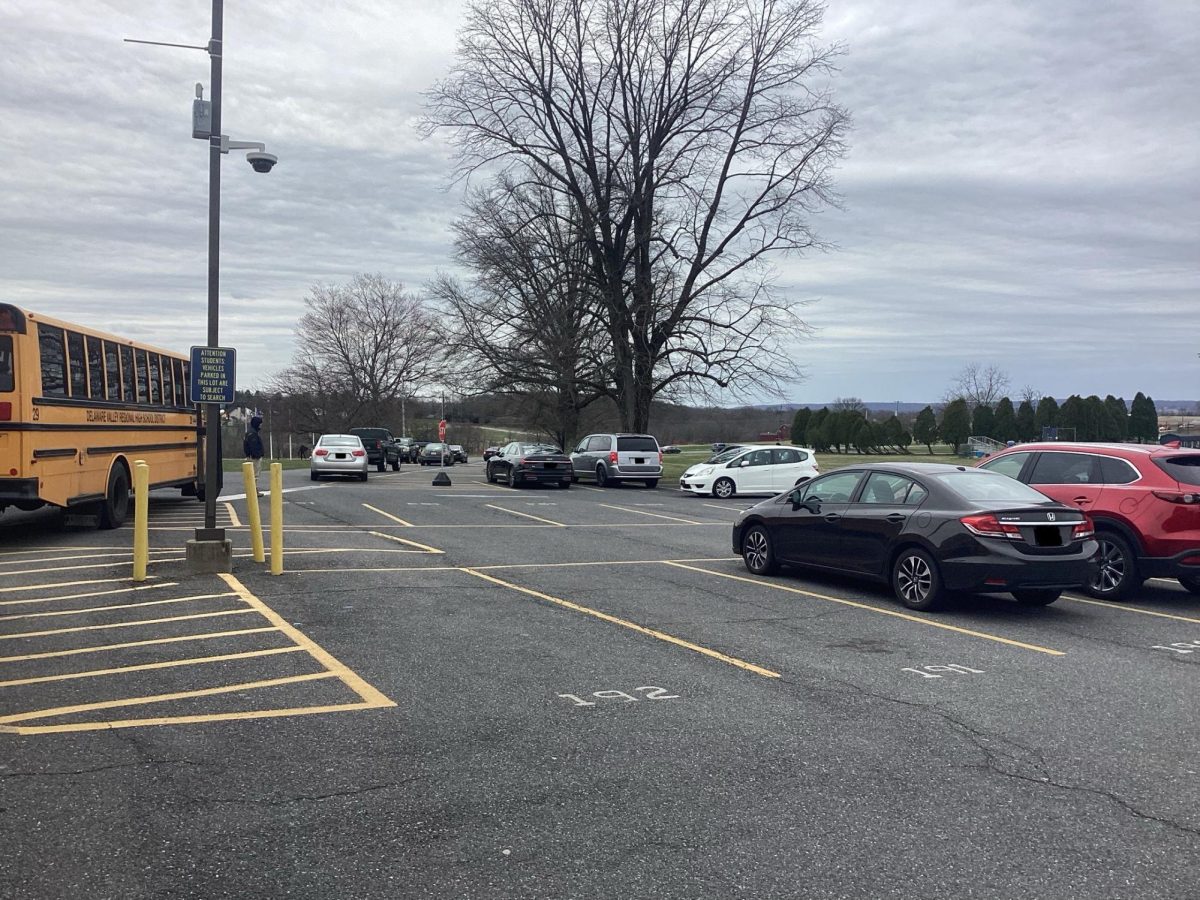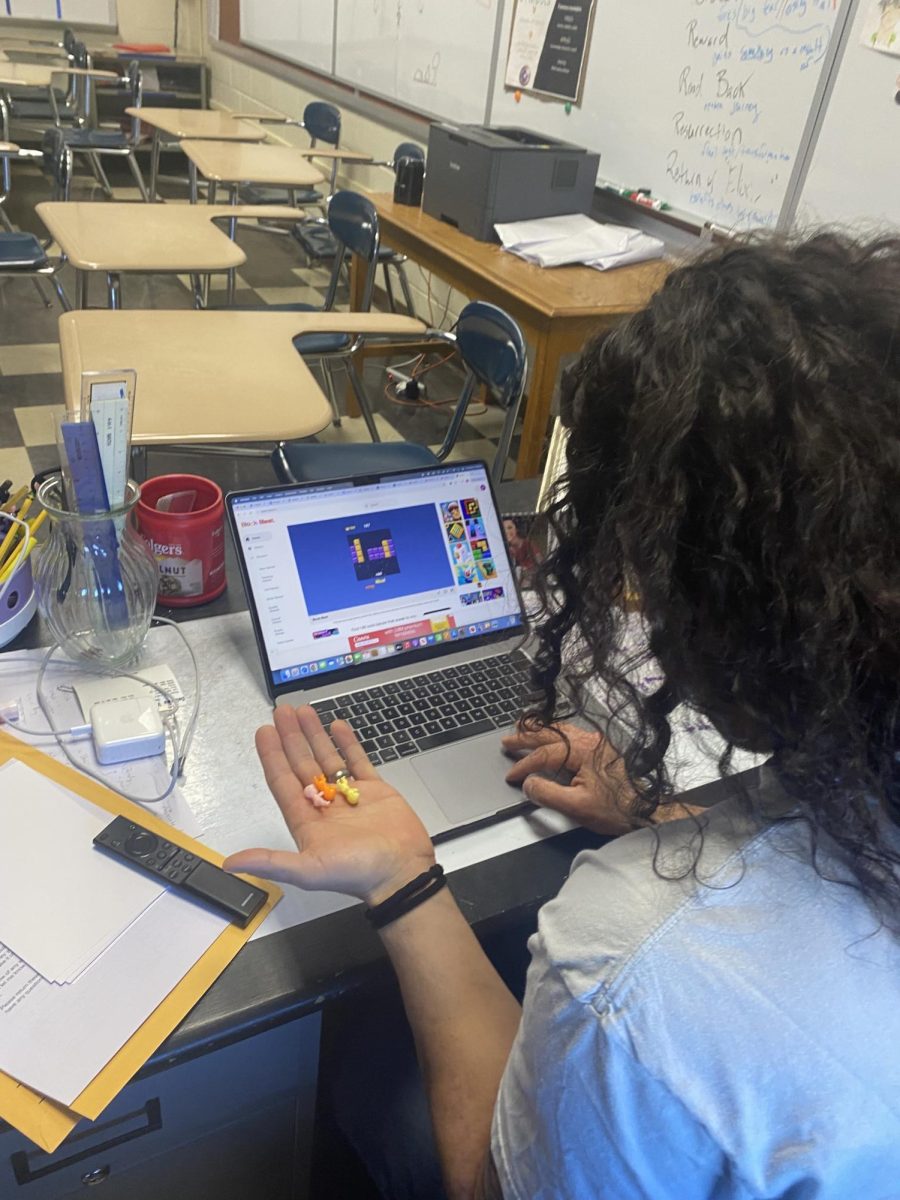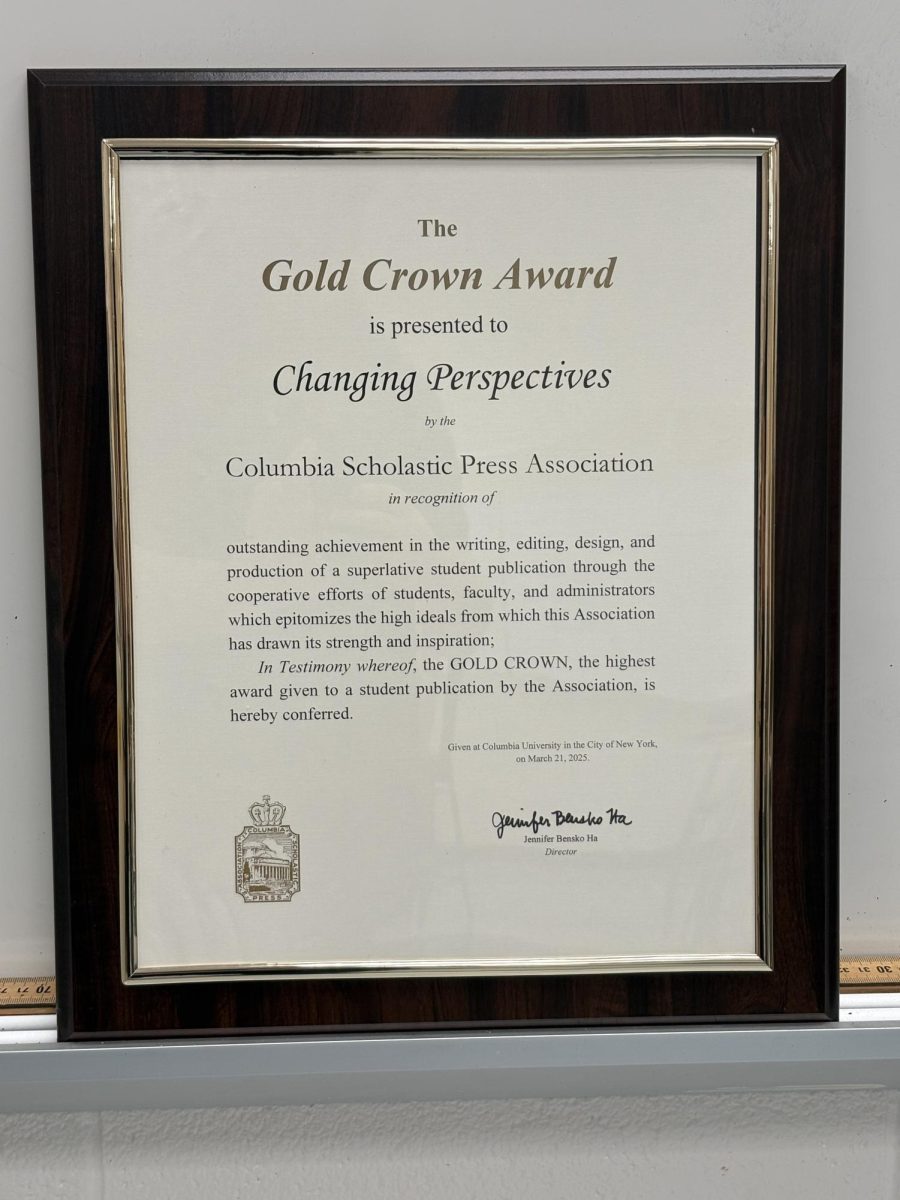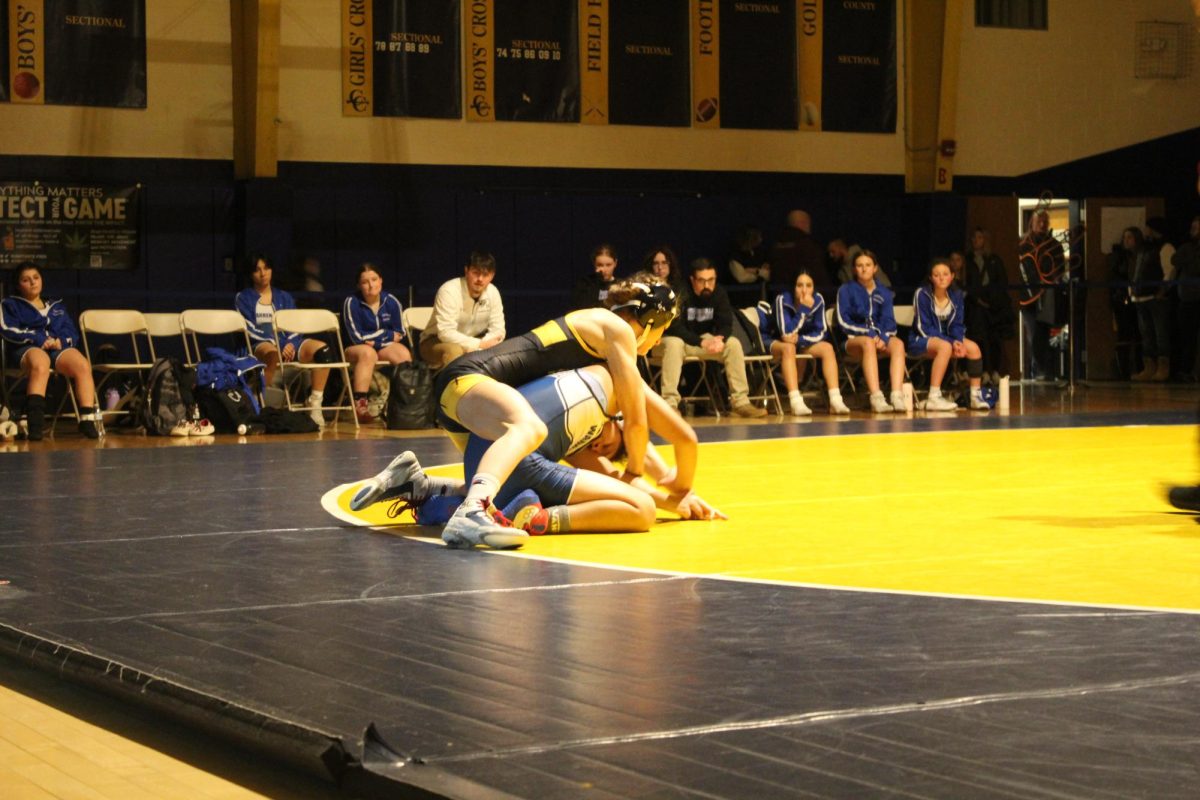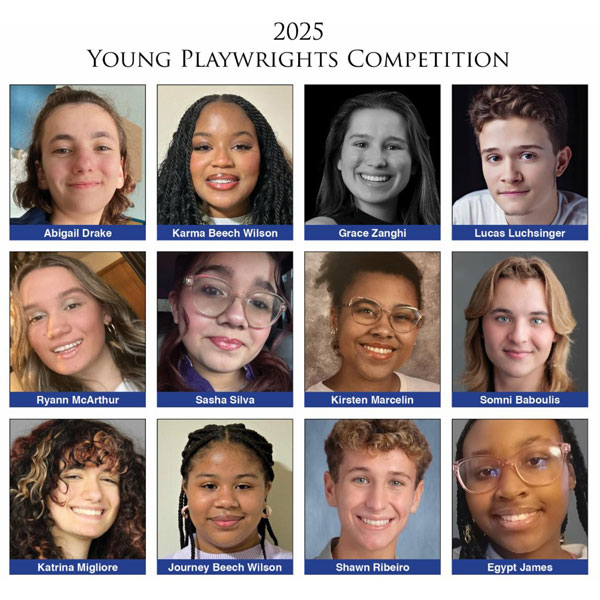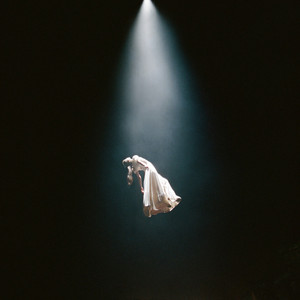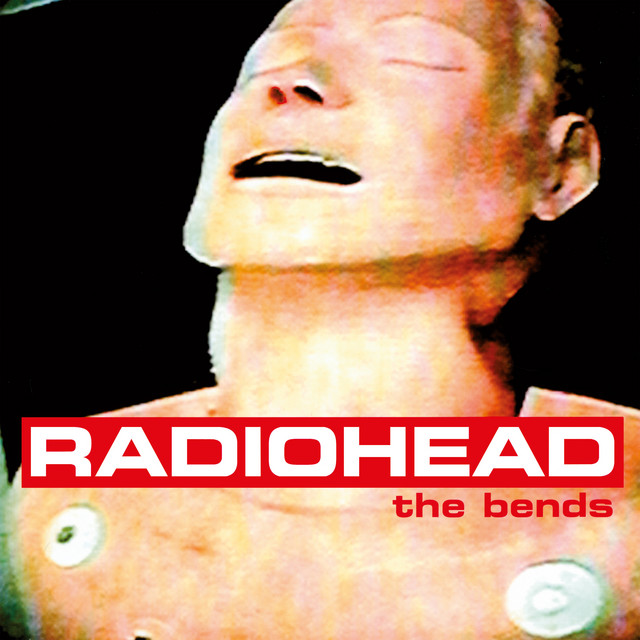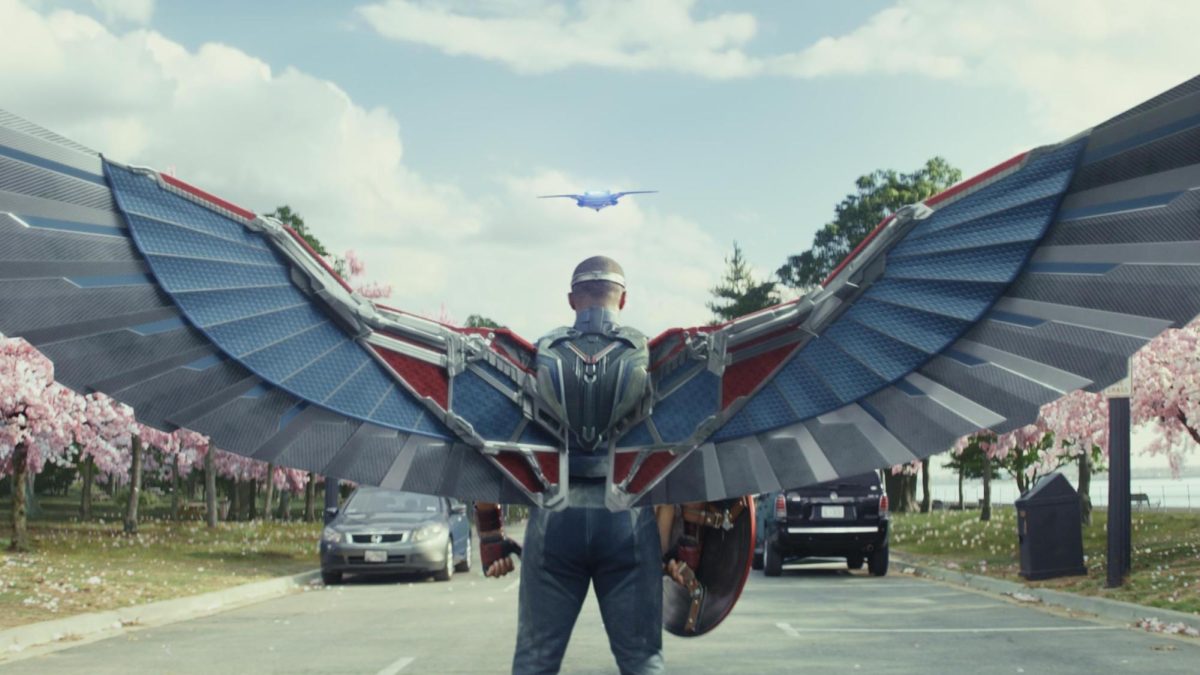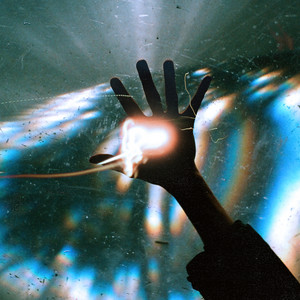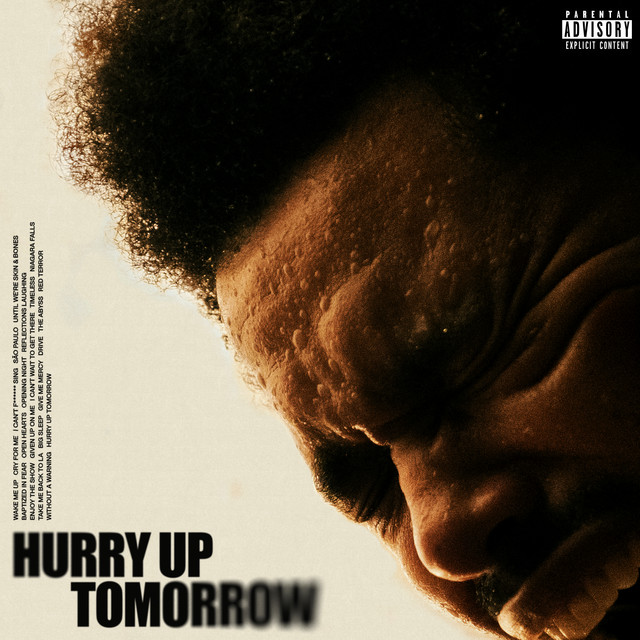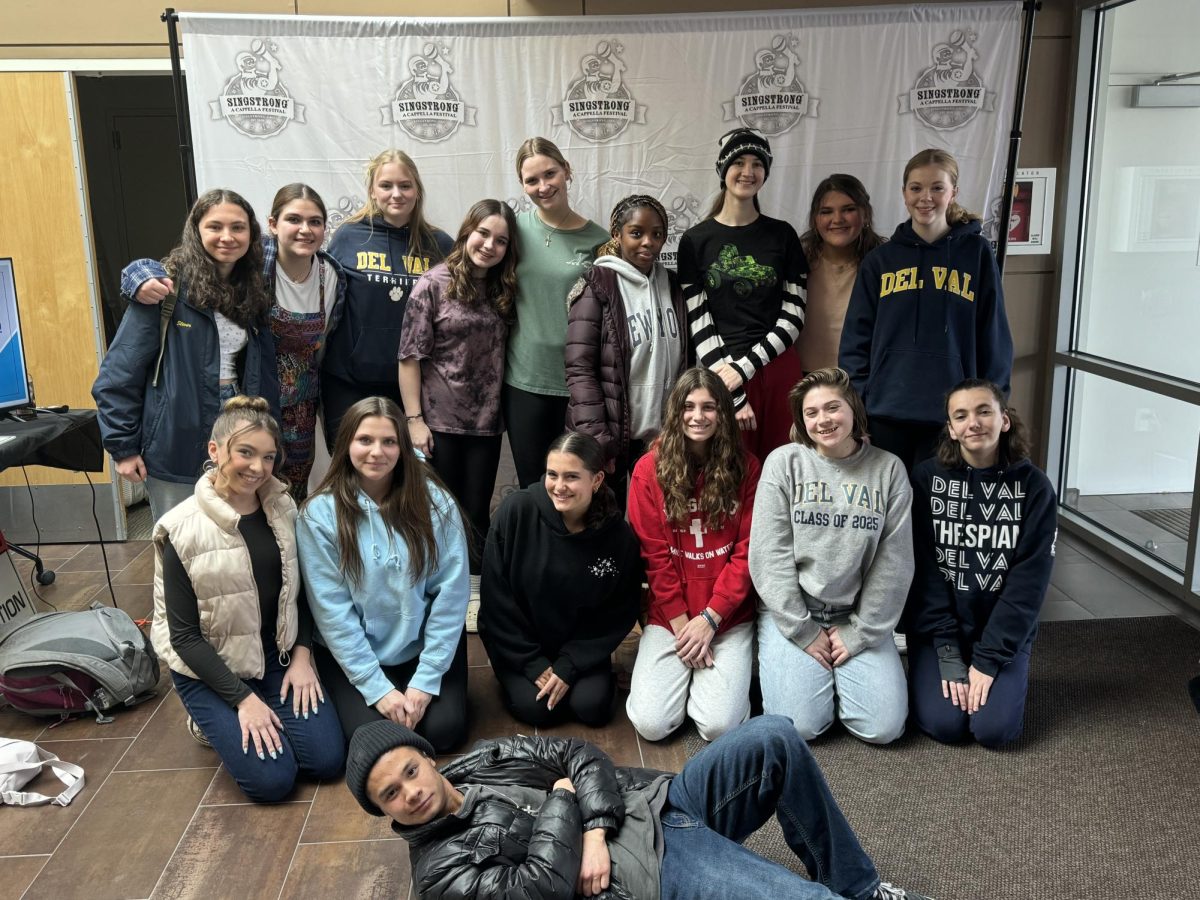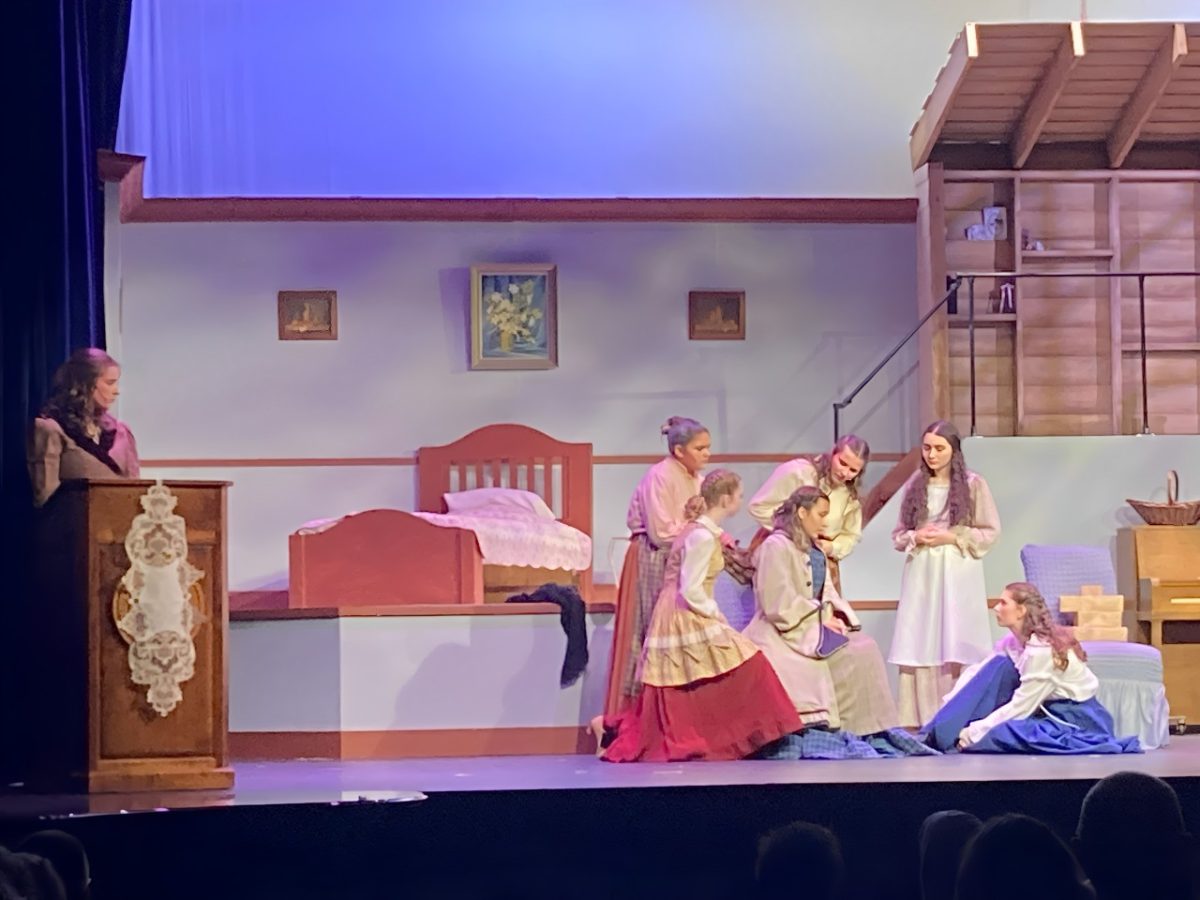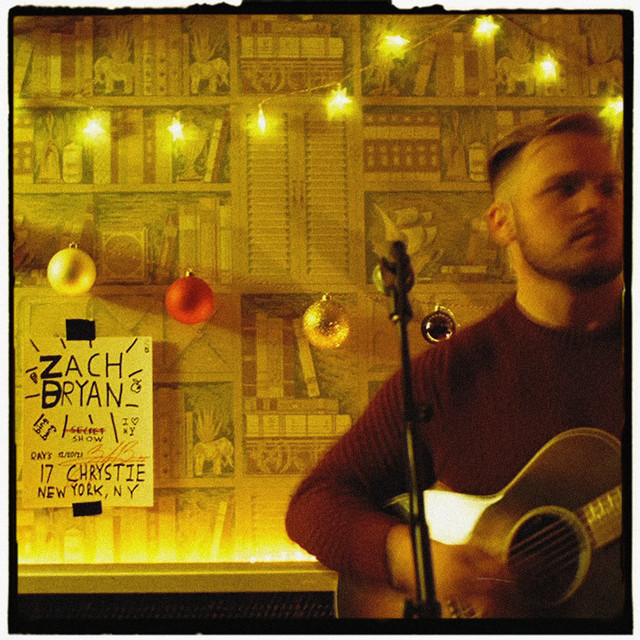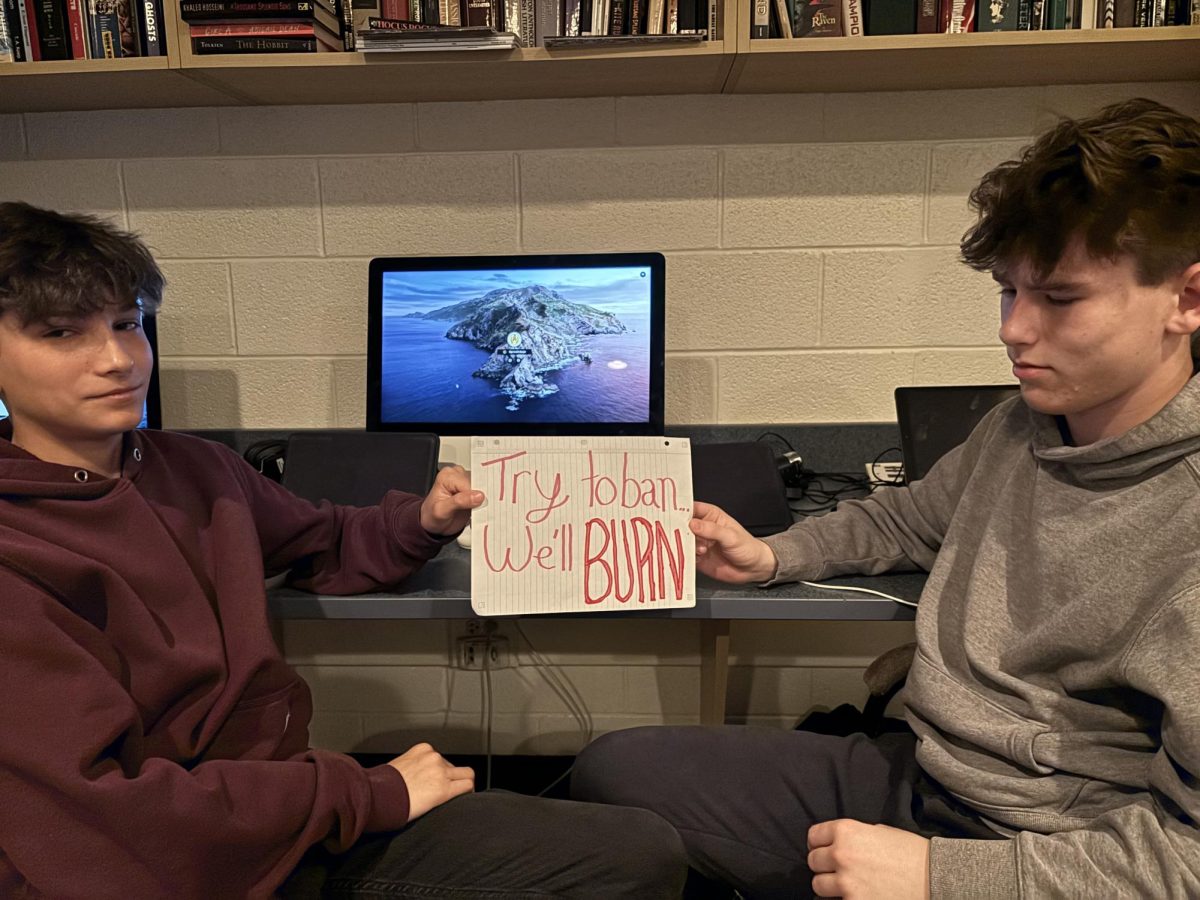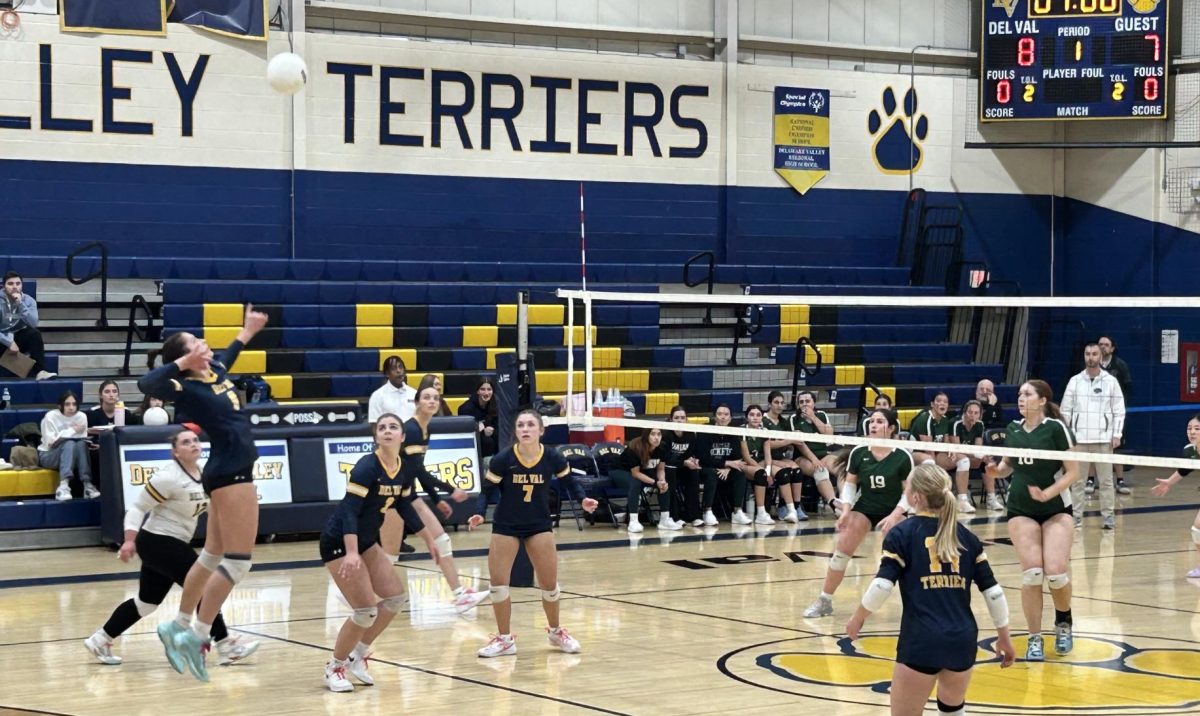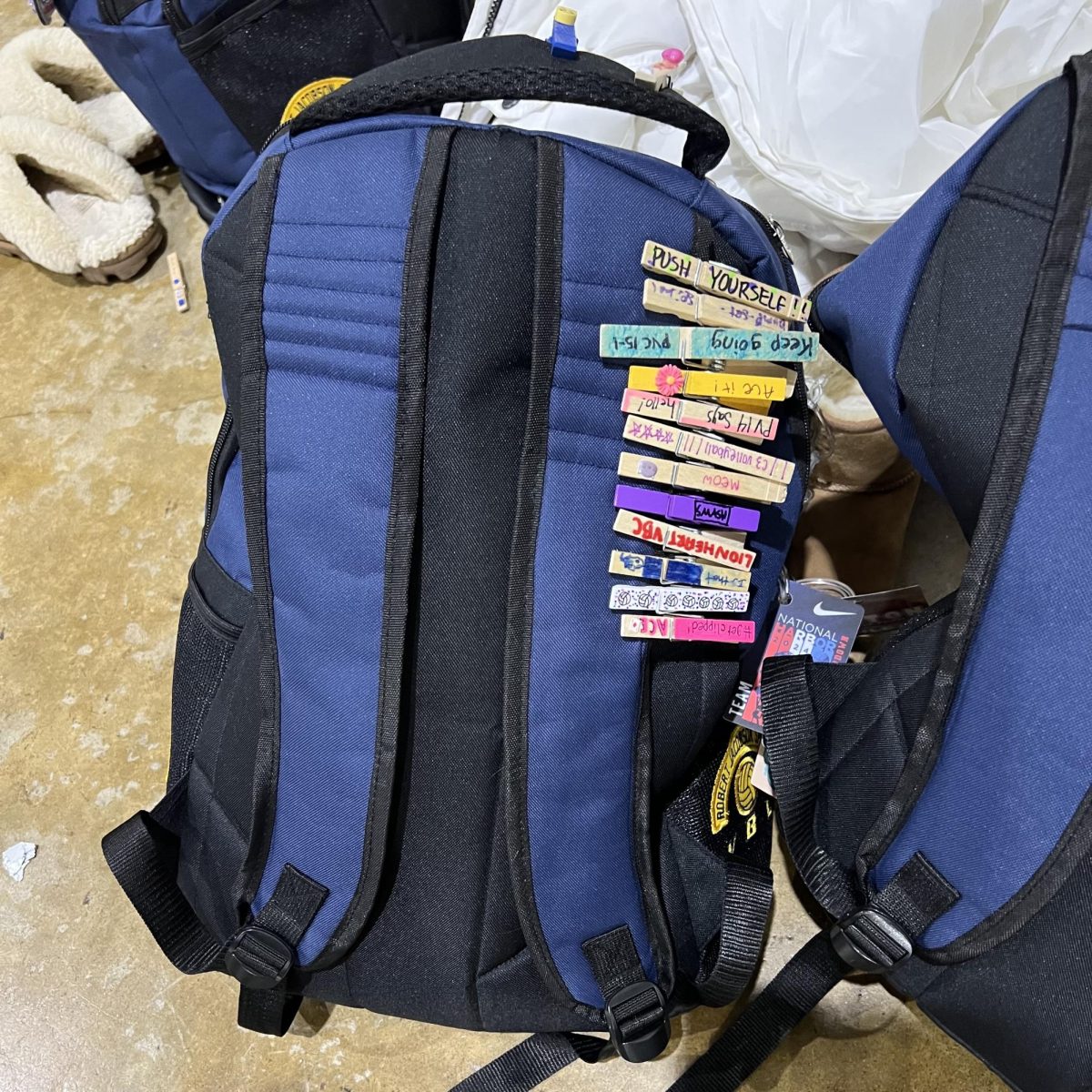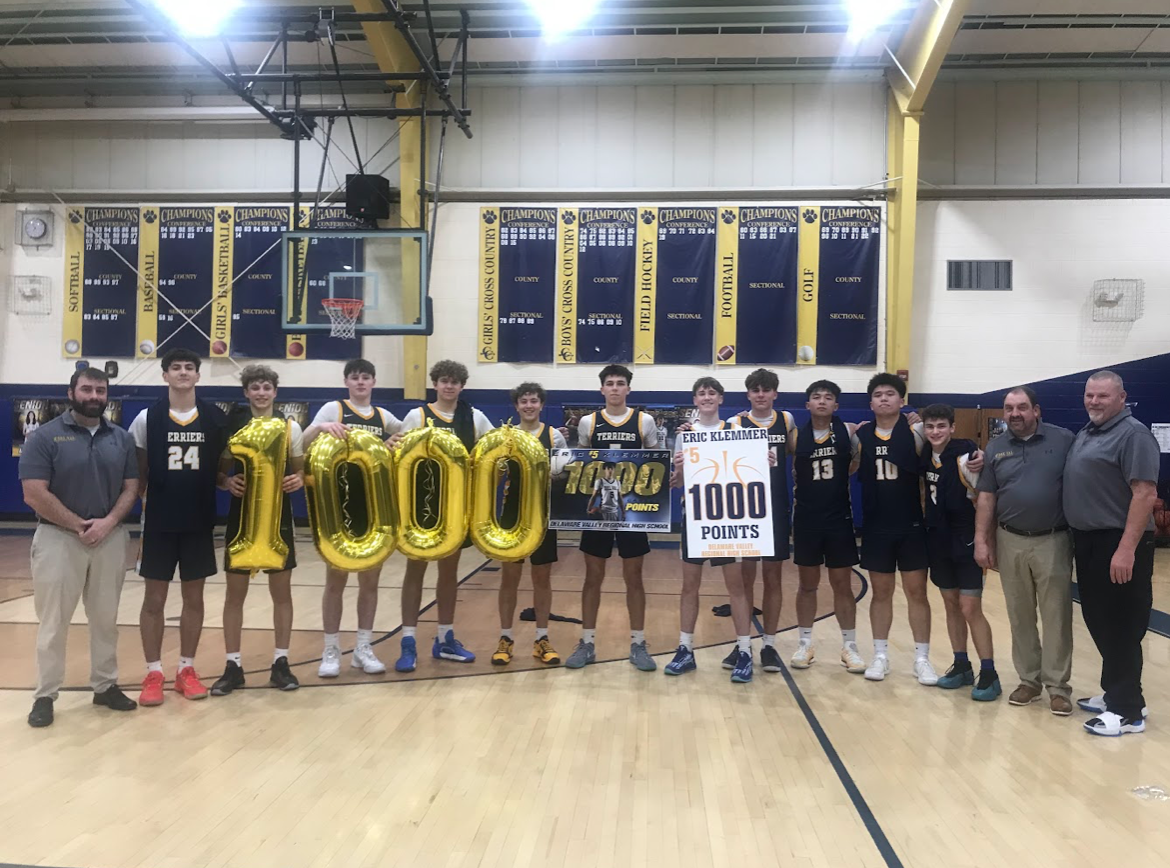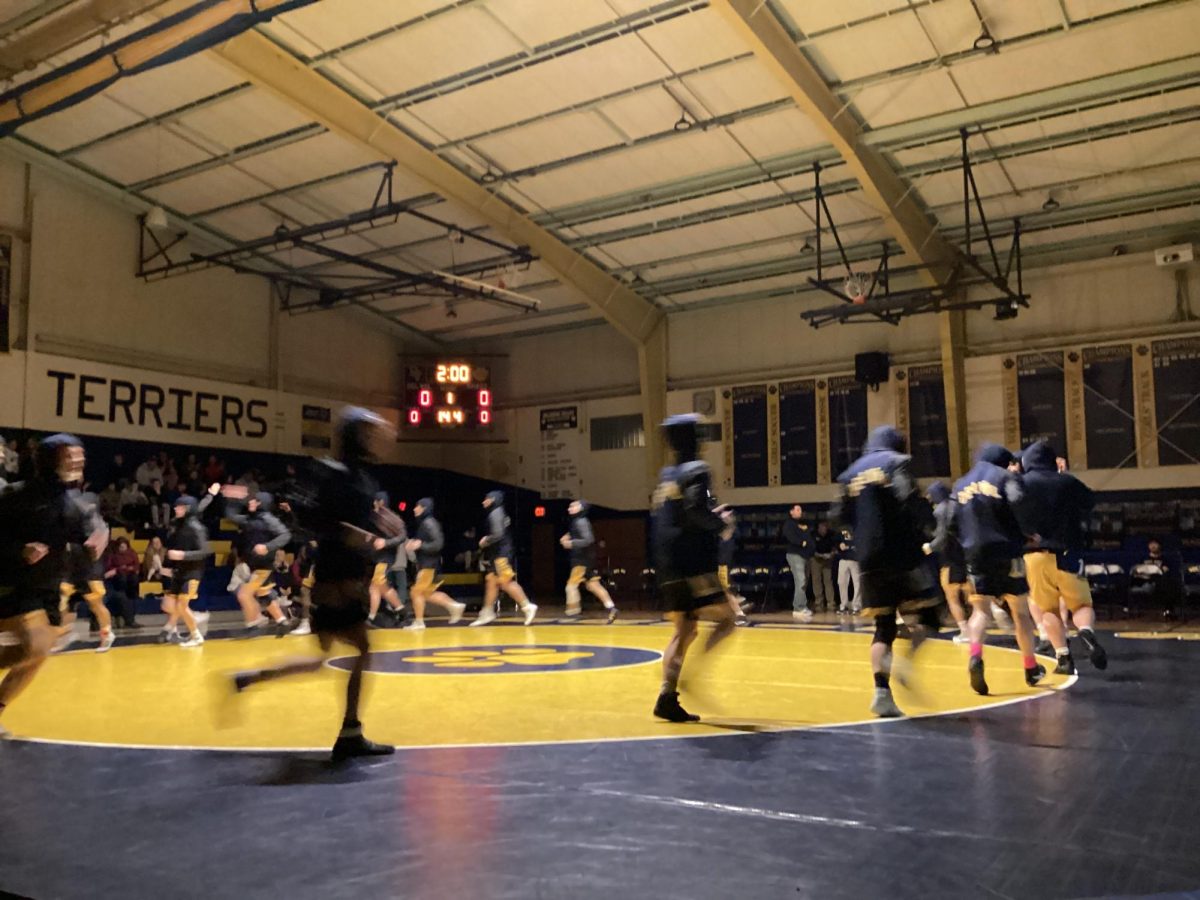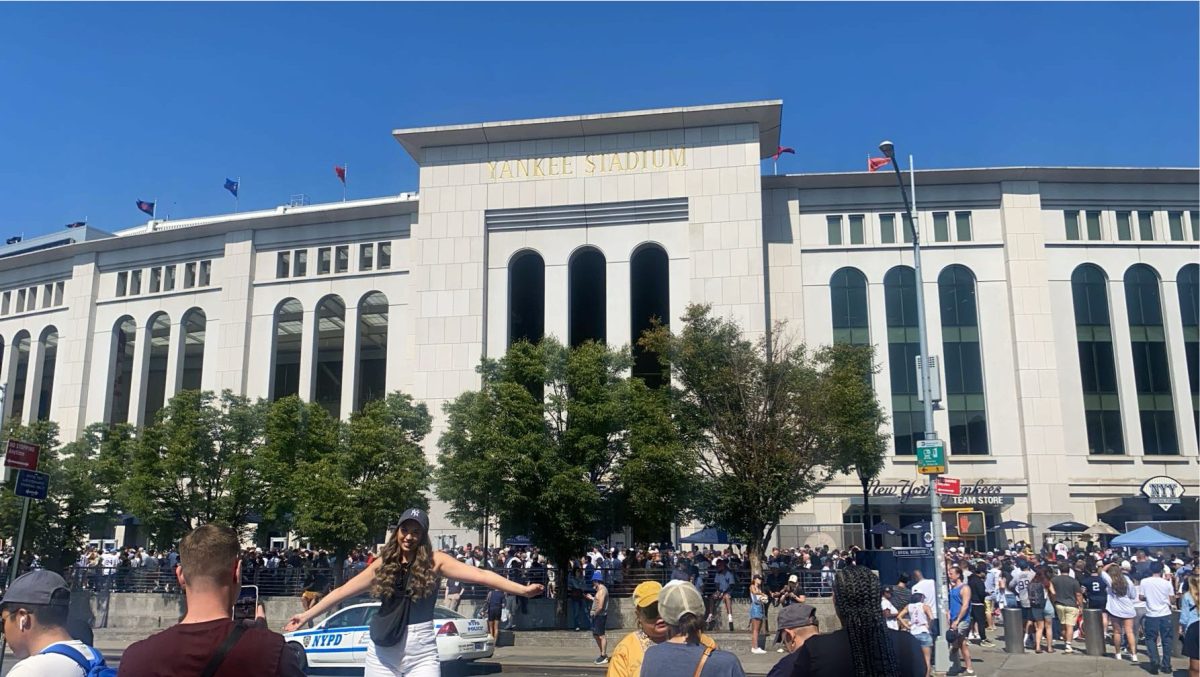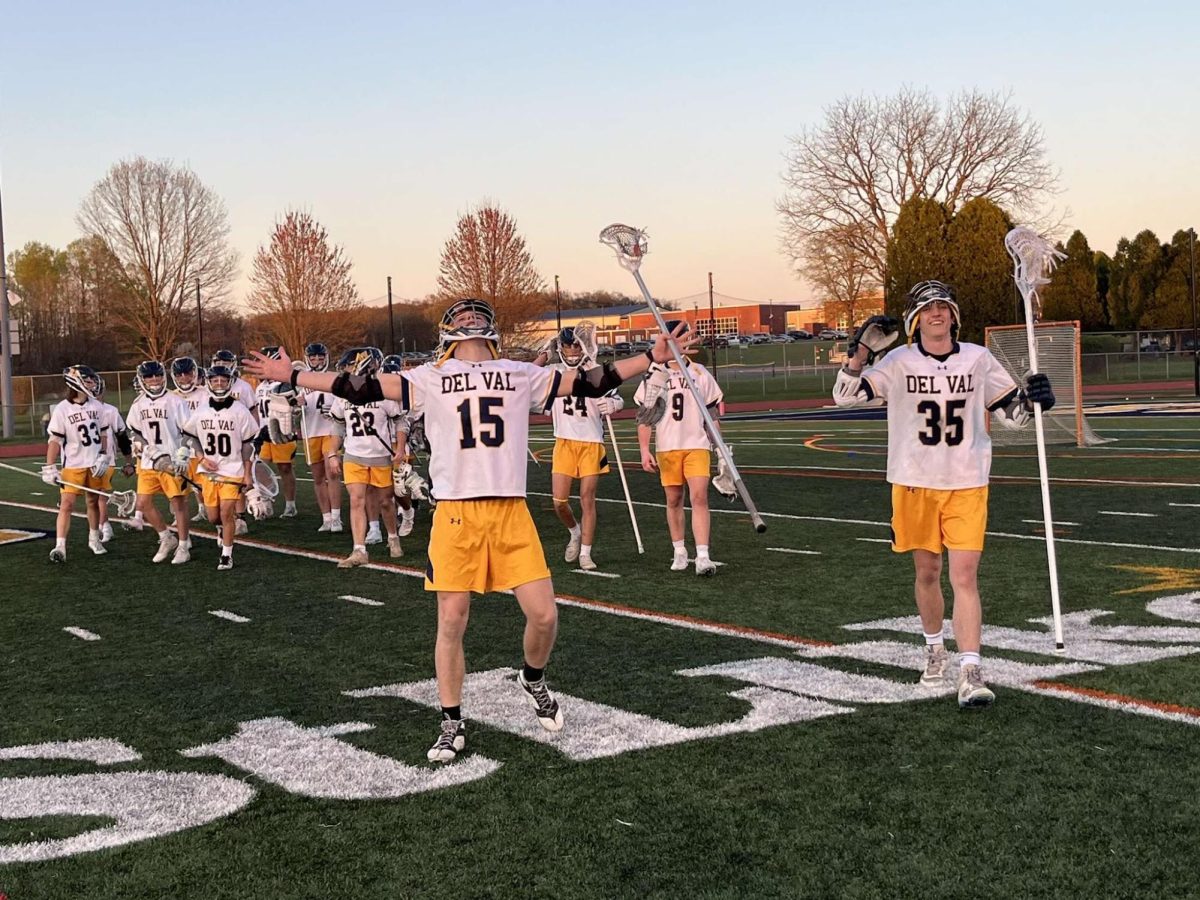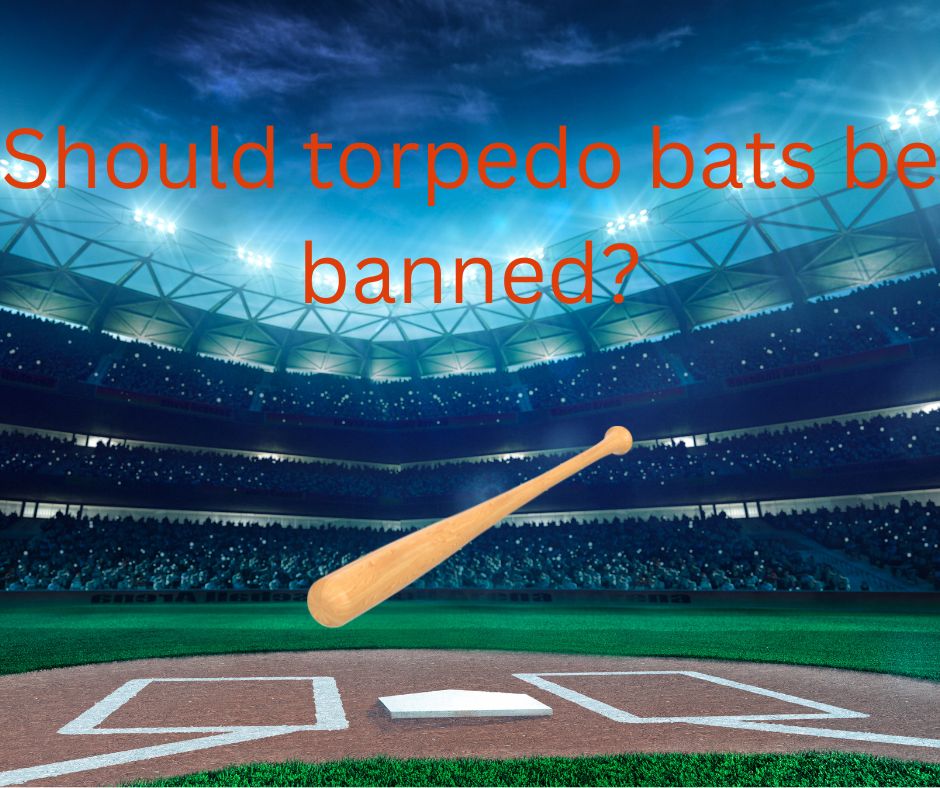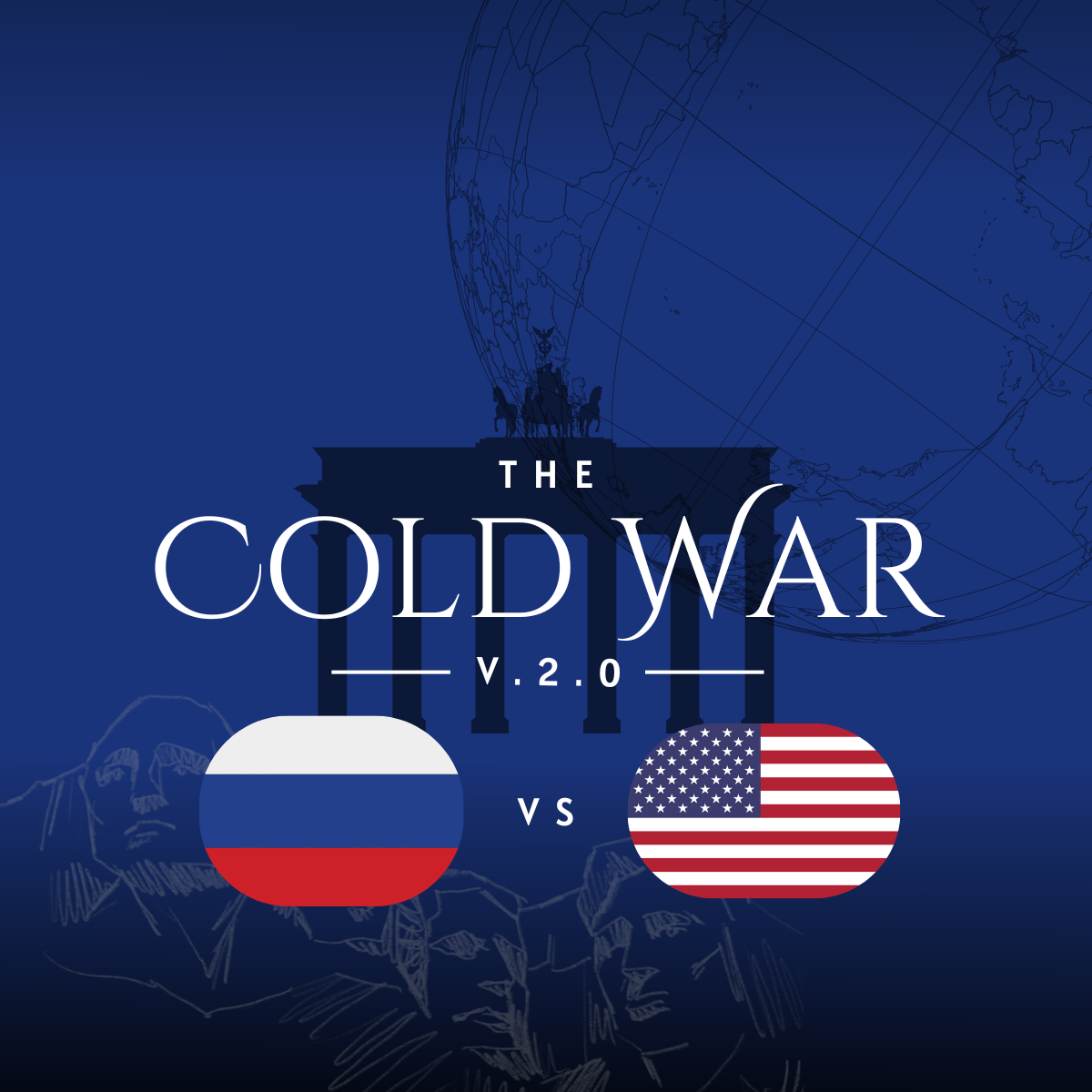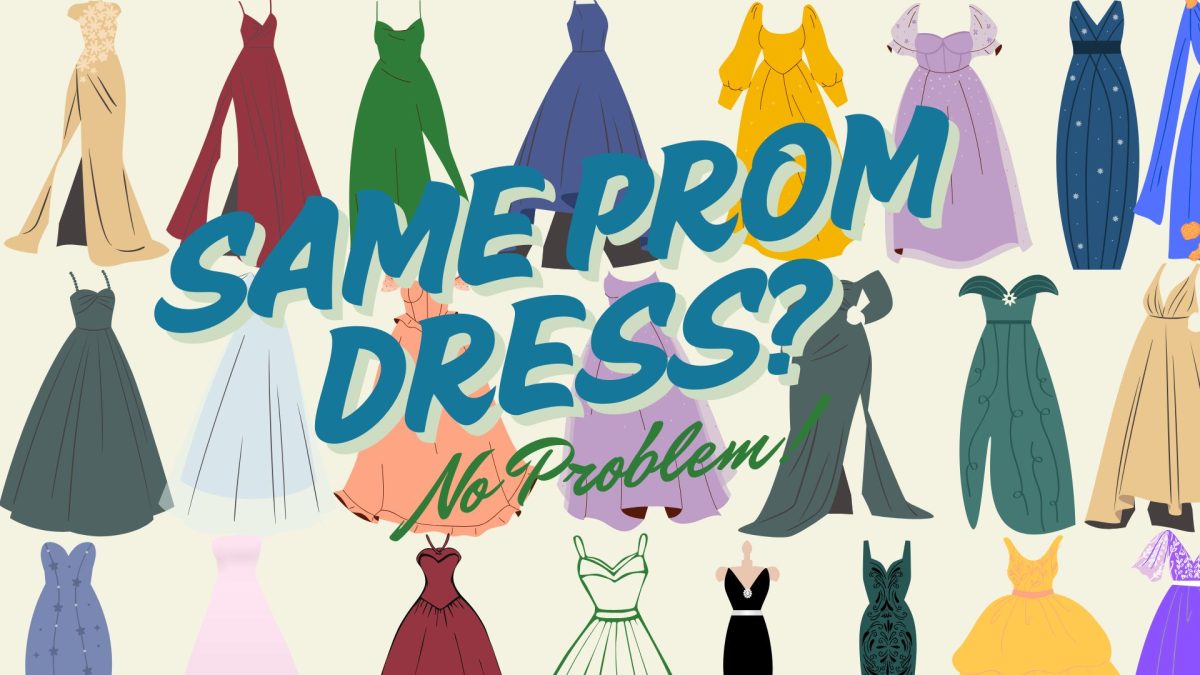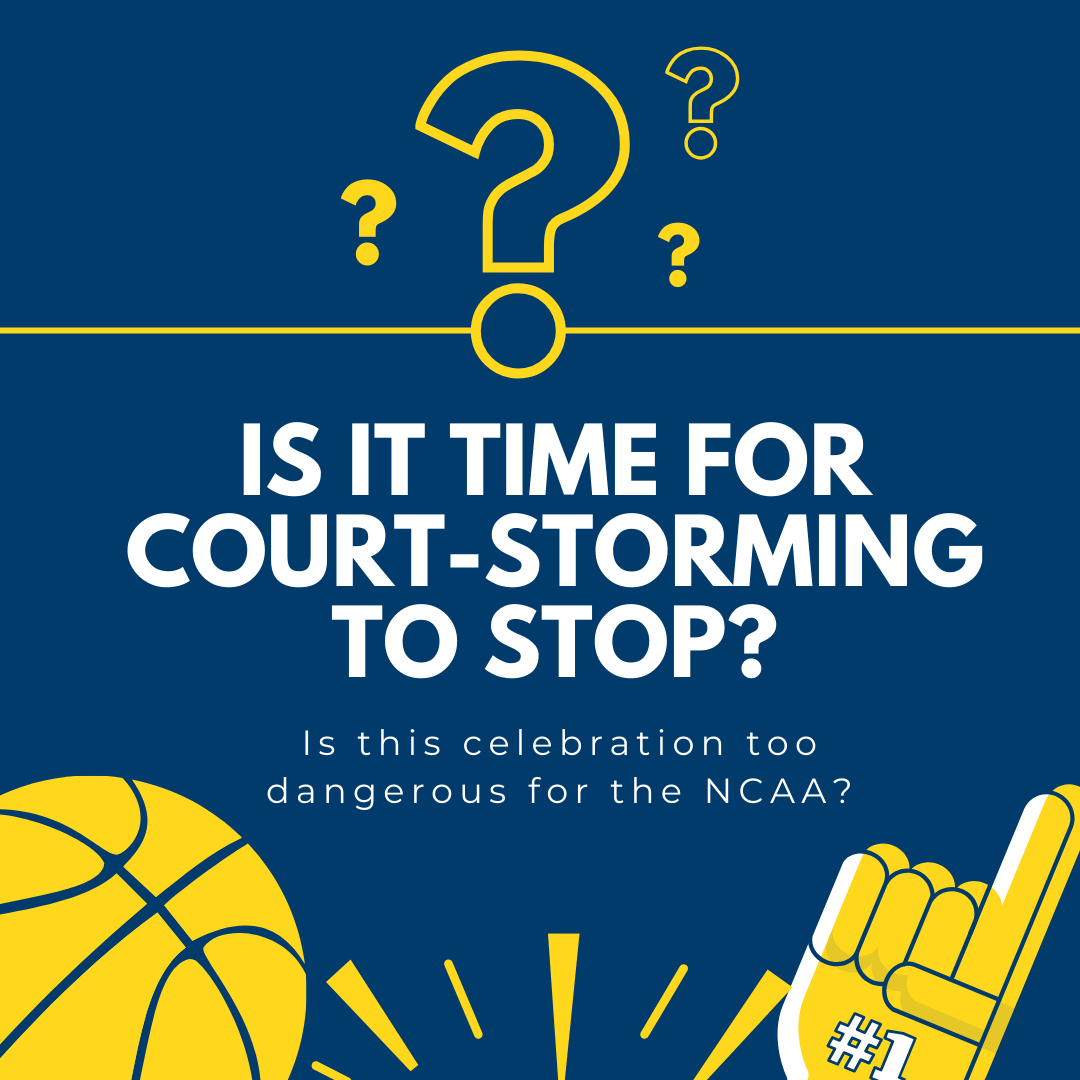On Saturday, Feb. 24, 2024, Wake Forest took down #8 Duke, 83-79.
While Wake Forest took a huge step in the NCAA Tournament, the NCAA organization took a step backward.
When the clock hit zero, Wake Forest fans immediately stormed the court and chaos erupted.
Court-storming is a common celebration in college sports, and many injuries have been caused by it. Saturday was no different.
Duke’s Kyle Filipowski was seen leaving the court with a limp after a Wake Forest fan stormed into him, which Filipowki believed was intentional. Filipowski, who injured his knee during this collision, called for change regarding court-storming regulations after the game.
“This gotta change…” posted Kyle Filipowksi on X, referencing the incident.
Duke’s head coach Jon Scheyer backed Filipowki up.
“‘When are we going to ban court storming?’ Scheyer asked the media. ‘When are we going to ban that? How many times does a player have to get into something, where they get punched, or they get pushed, or they get taunted right in their face? It’s a dangerous thing,’” reported ESPN.
Injuries from reckless court-storming dates back several decades. In 2004, a court-storm left high school basketball player Joe Kay with a stroke that partially paralyzed him.
More recently, Iowa’s Caitlin Clark faced a scary collision during a court-storm. After Ohio State knocked down Iowa, OSU fans celebrated with a court-storm, but one fan rammed into Clark, almost toppling her.
Many players, coaches and reporters have called out the NCAA to regulate the rules and boundaries regarding court-storming. Even Steve Forbes, Wake Forest’s head coach, addressed the Filipowski situation.
“’I don’t like court-storming. I never have. I’ve been a part of those before. They just don’t feel safe,’” Forbes said in a post-game press conference.
The bottom line is that court-storms are unsafe, chaotic and injuries waiting to happen.
However, they shouldn’t be banned completely. Taking away such a celebration can lessen school spirit. The college experience includes crazy reactions and celebrations during sporting events. Court-storms can still remain a fun and exciting way to celebrate with the team, but the NCAA needs to place strict restrictions on how it’s done.
Before fans storm the court, the opposing team and all of the officials should be cleared off the floor. The shot-clock should be used as a timer right after the game before any of the fans start to get up, and there should be adequate security presence in case of any violence, accidental or intentional.
These rules can keep court-storming safe and fun for everyone.
The NCAA needs to start making changes regarding court-storming. People’s safety depends on it.




